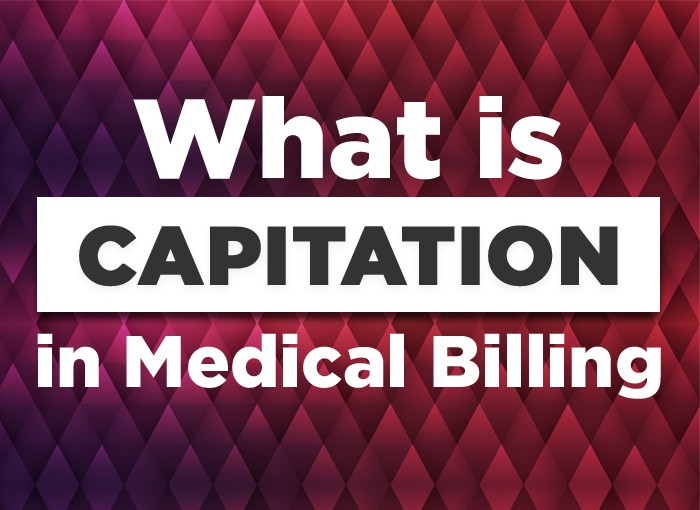What is Capitation in Medical Billing
The Centers for Medicare and Medicaid Services (CMS) designed various types of payment models to tackle the rising cost of medical services and provide the best possible medical care to Medicare patients. One such model to promote low-cost medical services is the capitated model.
As per CMS “under the capitated model, the Centers for Medicare & Medicaid Services (CMS), a state, and a health plan enter into a three-way contract to provide comprehensive, coordinated care. In the capitated model, CMS and the state will pay each health plan a prospective capitation payment.”
To ensure the validity of the capitation payment, the health care provider and the insurance payer are required to sign a capitated agreement. This capitated agreement outlines all the elements of a capitation payment thus defining its true nature. Therefore it is important to under the term capitated agreement.
Understanding Capitated Agreement/Capitated Contract in Brief
The capitated agreement allows the health care provider to receive a fixed amount or a flat fee covering the expense of every patient having health care insurance from a specific insurance payer. The capitated agreement also obliges the health care provider to see the patient for the agreed flat fee regardless of how many times the patient visits the hospital for the same or different treatment(s). The capitation payment is generally made in advance per month whether or not the patient visits the hospital for medical services in a particular month.
The organization providing health insurance coverage or making capitation payments either on a monthly or annual basis is called Health Maintenance Organization (HMO). Many health care insurance providers come along to form an HMO and limit the capitation payment plan to doctors and health care providers having a contract with the HMO.
It is important to note that a capitation agreement must include a list of specific services that may be provided to the patient under the health care insurance plan. Listing all the services helps the patient to understand that he/she is eligible to receive services under that are mentioned in the insurance plan and the capitated agreement.
Definition of Capitation Payment
The term capitation payment is defined as the payment agreed upon in a capitated agreement by a medical provider health insurance company. The payment is a fixed amount in US dollars that is received by the health care provider every month for each patient enrolled in a health care insurance plan. The monthly payment is calculated in advance and remains unchanged for the said year regardless of how often the patient visits the health care provider for services.
Understanding Capitation Payments
Capitation payments tend to vary across states because the rates are determined based on local costs and average utilization of services.
The primary care services under the capitation model may include:
- Diagnostic, preventive and treatment services
- Services administrated in the office like injections, immunizations, and other medications
- Outpatient laboratory tests (both in-office or at a designated lab)
- Monthly Capitation Payment for End-stage Renal Disease: 4 or More Visits per Month (by CMS)
Advantages of Capitated Payment in Medical Billing
- One time billing
- Assurance of reimbursement
- Decreased risk of denied claims
- Cost-effective treatment
The capitated model makes the reimbursement process by reducing administrative work like multiple bills and submission claims.




